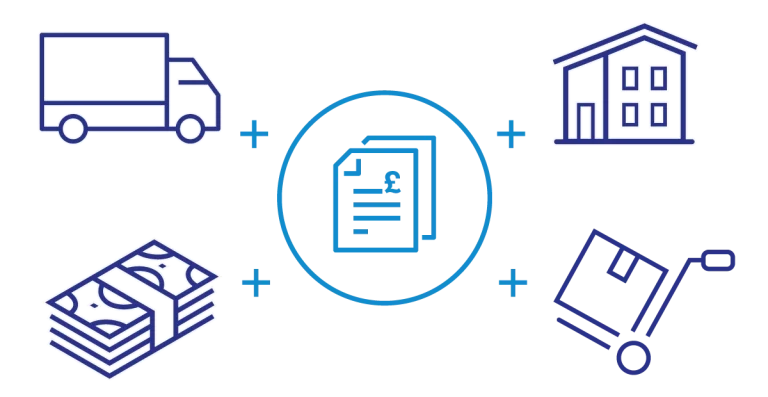In einer zunehmend digitalisierten Welt wird die Sicherheit von Wohn- und Geschäftsbereichen immer wichtiger. Videoüberwachungssysteme spielen eine entscheidende Rolle, um diese Sicherheit zu gewährleisten. In diesem Artikel erfahren Sie alles Wissenswerte über Videoüberwachung, von den verschiedenen Systemen und deren Vorteilen bis hin zu Installationstipps und rechtlichen Aspekten.
Was ist Videoüberwachung?
Definition und Zweck
Videoüberwachung bezieht sich auf den Einsatz von Kameras zur Überwachung und Aufzeichnung von Aktivitäten in bestimmten Bereichen. Diese Technologie wird eingesetzt, um Sicherheit zu erhöhen, Vorfälle aufzuzeichnen und im Bedarfsfall Beweise zu liefern.
Geschichte der Videoüberwachung
Die Videoüberwachung hat ihre Wurzeln in den 1940er Jahren und hat sich seitdem stark weiterentwickelt. Von einfachen analogen Kameras bis hin zu hochmodernen digitalen Systemen hat sich die Technologie kontinuierlich verbessert, um den wachsenden Sicherheitsanforderungen gerecht zu werden.
Arten von Videoüberwachungssystemen
Analoge Kameras
Diese älteren Systeme nutzen analoge Signale zur Übertragung von Videoaufnahmen. Sie sind kostengünstig, bieten jedoch eine geringere Bildqualität im Vergleich zu digitalen Systemen.
Digitale IP-Kameras
IP-Kameras (Internet Protocol) übertragen Videoaufnahmen digital über ein Netzwerk. Sie bieten eine höhere Auflösung und ermöglichen eine Fernüberwachung über das Internet.
Drahtlose Kameras
Drahtlose Überwachungskameras verbinden sich über Wi-Fi-Netzwerke und bieten Flexibilität bei der Installation. Sie sind ideal für Bereiche, in denen Kabelverlegung schwierig ist.
PTZ-Kameras
Pan-Tilt-Zoom-Kameras bieten die Möglichkeit, sich zu drehen, zu neigen und zu zoomen. Sie sind besonders nützlich für die Überwachung großer Flächen.
Vorteile der Videoüberwachung
Erhöhte Sicherheit
Der größte Vorteil der Videoüberwachung ist die erhöhte Sicherheit. Kameras schrecken potenzielle Eindringlinge ab und bieten eine visuelle Aufzeichnung von Vorfällen.
Echtzeitüberwachung
Moderne Systeme ermöglichen die Echtzeitüberwachung über Mobilgeräte oder Computer. Dies bietet zusätzlichen Komfort und Sicherheit, da Sie jederzeit auf die Kamerabilder zugreifen können.
Beweismaterial
Videoaufnahmen dienen als wertvolle Beweismittel bei der Aufklärung von Straftaten. Sie helfen, Verdächtige zu identifizieren und den Tathergang zu rekonstruieren.
Schutz vor Haftungsansprüchen
Videoüberwachung kann auch dazu beitragen, Haftungsansprüche zu minimieren, indem sie klare Beweise für Ereignisse liefert, die zu Unfällen oder Vorfällen führen.
Installation von Videoüberwachungssystemen
Bedarfsanalyse
Vor der Installation eines Videoüberwachungssystems sollten Sie Ihre Sicherheitsbedürfnisse analysieren. Identifizieren Sie die Bereiche, die überwacht werden müssen, und wählen Sie die geeigneten Kameratypen aus.
Standortwahl
Die Platzierung der Kameras ist entscheidend für deren Wirksamkeit. Installieren Sie Kameras an Ein- und Ausgängen, in Fluren und in Bereichen mit hohem Verkehrsaufkommen.
Beleuchtung
Stellen Sie sicher, dass die überwachten Bereiche gut beleuchtet sind, um klare Videoaufnahmen zu gewährleisten. Wählen Sie Kameras mit Nachtsichtfunktion für schlecht beleuchtete Bereiche.
Netzwerksicherheit
Wenn Sie IP- oder drahtlose Kameras verwenden, sichern Sie Ihr Netzwerk gegen unbefugten Zugriff. Verwenden Sie starke Passwörter und regelmäßige Updates, um Ihre Systeme zu schützen.
Fachgerechte Installation
In komplexen Installationen oder wenn Sie sich unsicher fühlen, sollten Sie einen Fachmann hinzuziehen. Dies gewährleistet eine optimale Platzierung und Funktion der Kameras.
Rechtliche Aspekte der Videoüberwachung
Datenschutzgesetze
Informieren Sie sich über die Datenschutzgesetze in Ihrer Region. Stellen Sie sicher, dass Ihre Videoüberwachung die Privatsphäre anderer nicht verletzt.
Kennzeichnungspflicht
In vielen Ländern ist es gesetzlich vorgeschrieben, auf Videoüberwachung hinzuweisen. Dies kann durch Schilder erfolgen, die darauf hinweisen, dass ein Bereich überwacht wird.
Datenmanagement
Speichern Sie aufgezeichnete Videos sicher und gewähren Sie nur autorisierten Personen Zugriff. Löschen Sie unnötige Aufnahmen regelmäßig, um den Datenschutzbestimmungen zu entsprechen.
Fazit
Videoüberwachung ist ein unverzichtbares Werkzeug zur Verbesserung der Sicherheit und zum Schutz von Eigentum und Personen. Durch das Verständnis der verschiedenen Systeme, deren Vorteile und die besten Installationspraktiken können Sie ein effizientes Überwachungssystem einrichten, das Ihren Bedürfnissen entspricht. Achten Sie stets auf rechtliche Anforderungen und streben Sie danach, Sicherheit und Privatsphäre in Einklang zu bringen, um ein sicheres und rechtskonformes Überwachungssystem zu gewährleisten.




